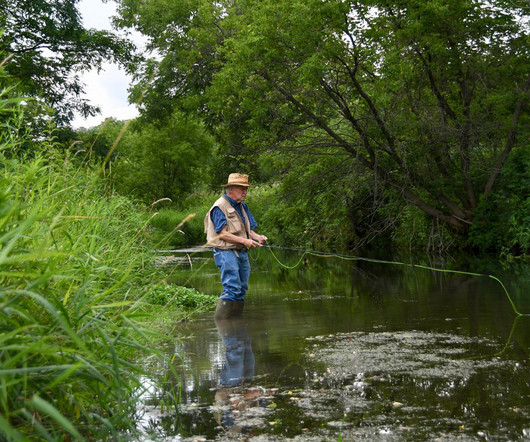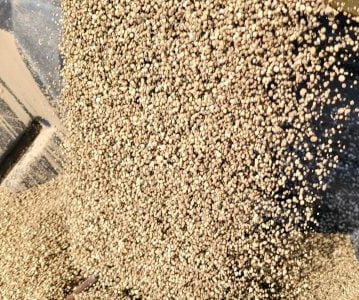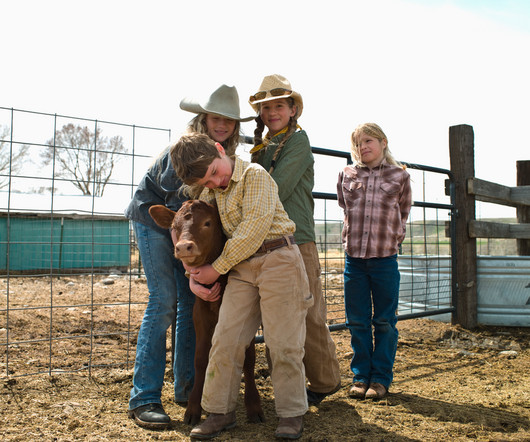The Iowa Trout Stream at the Center of a Feedlot Fight
Civil Eats
MARCH 13, 2024
In 2017, Larry Stone heard whispers about construction taking place near his home in Clayton County, Iowa. A retired photographer, Stone pulled up to the site, located around 20 miles away from where he lives, and began taking photos. “A guy came roaring up on his little ATV and said, ‘Hey, what are you doing?’” Stone recalled recently. His curiosity eventually landed Stone a tour of the project: Walz Energy, a joint venture between a cattle-feeding operation and an energy company.












































Let's personalize your content